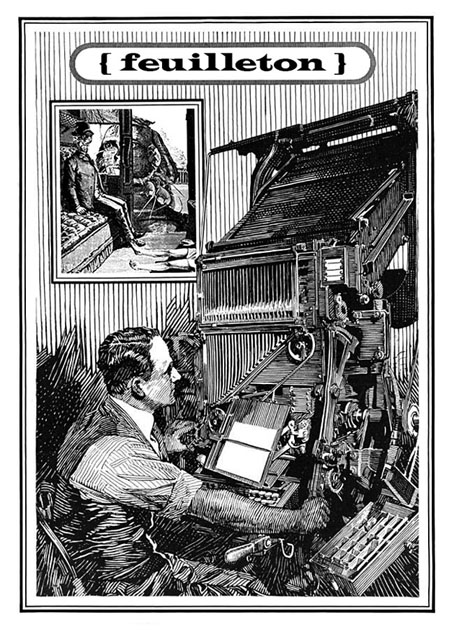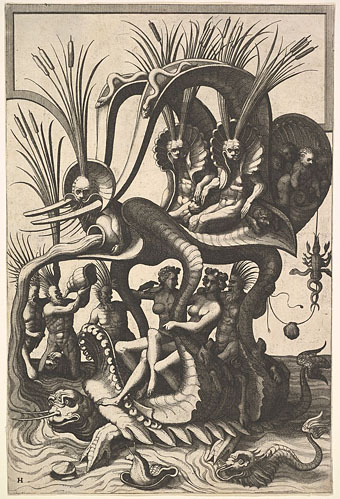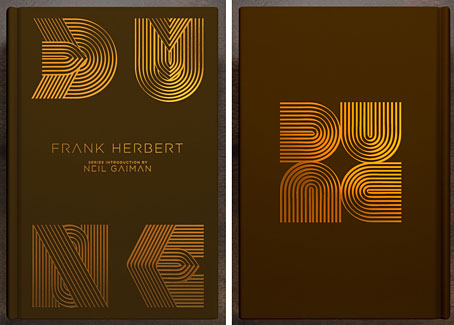Where is the summer, the unimaginable
Zero summer?
TS Eliot’s question from Four Quartets always comes to mind when the weather here is as cold as it has been for the past week, with snow turning into ice that lingers for days. There isn’t much snow in Jóhann Jóhannsson’s End of Summer (2015) although summer or not it’s still there on the hills, and we do see a number of icebergs, the film having been shot in and around the island of South Georgia in the South Atlantic. I don’t know why Jóhannsson decided to visit such a remote place, where the human population is outnumbered by seals and penguins, and the landscape isn’t so very different from Jóhannsson’s Icelandic home. The 8mm footage that he returned with is scored by a composition which Jóhannsson performs along with Hildur Gudnadóttir & Robert Aiki Aubrey Lowe. Musically, there’s continuity with the film scores that Jóhannsson wrote before and after this one, especially those that feature Lowe’s voice and Gudnadóttir’s cello. Visually, the film anticipates the monochrome views of Jóhannsson’s Last and First Men, especially the shots of monumental icebergs which are paired with Lowe’s vocalisations. As a self-contained work, Last and First Men is a lot more confident and successful than End of Summer which doesn’t amount to much more than a travelogue. Taken together the two films show enough of Jóhannsson’s intentions as a film-maker to keep me wondering where he might have gone next in this medium.
Previously on { feuilleton }
• Jóhannssonia
• Last and First Men





